A representative of Ha Giang tourism said that charging entrance fees to Dong Van Karst Plateau Geopark is "a necessary thing to do" to meet the criteria of a UNESCO-recognized site.
After the news that Ha Giang would collect tourism fees for the Dong Van Karst Plateau Geopark (DGP) was announced, many conflicting opinions arose. This was something the leaders of this province had anticipated.
"If there is no fee, will people accept the quality of tourism being only free?", Mr. Hoang Xuan Don, Head of the Geopark Management Board, asked.
The Geopark was established in September 2009, including four districts: Quan Ba, Yen Minh, Dong Van, Meo Vac with a total natural area of about 2,356 km2. In 2010, Dong Van Stone Plateau was recognized by UNESCO as the first UNESCO Geopark in Vietnam. The number of visitors to the Geopark has gradually increased and reached nearly 2.3 million in 2022.
Statistics from the province show that about 65% of visitors to Ha Giang visit the Geopark area. The number of visitors and tourism revenue in the Geopark area from 2010 to 2020 increased by an average of 15-20% per year, higher than the provincial average (10% per year) and is the main driving force for tourism development in Ha Giang.
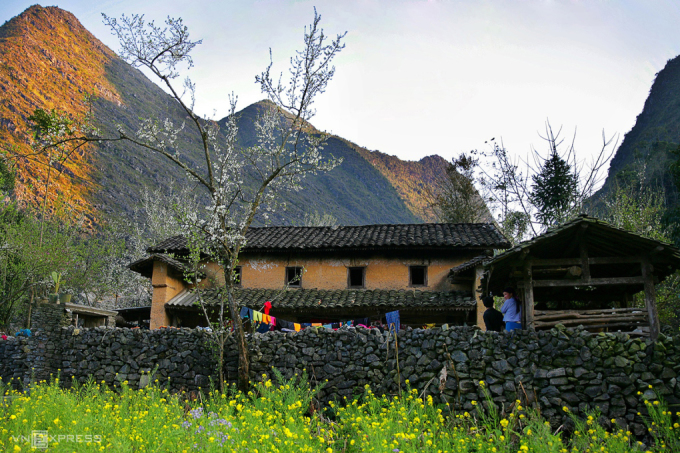
Spring in Pho Cao, Ha Giang. Photo: Nguyen Huu Thong
Mr. Don said that every four years, UNESCO re-evaluates the development of the Geopark. Each time, the organization will make a series of recommendations for the Geopark to implement in the next four years. To be considered complete, 90% of the recommendations must be implemented, otherwise, it will receive a yellow card (with two more years to implement) or a red card (withdrawal of the title).
UNESCO typically recommends a range of activities from conservation, planning, community education, community development, protection of minority cultures, biodiversity to investment and sustainable tourism. Each such plan directly costs the province hundreds of billions of VND each year, not to mention indirect costs such as transportation, electricity, water, and telecommunications projects. According to Mr. Don, although these plans cost huge amounts of money, they all bring benefits to the people.
"The recommendation is not just for tourism, so the amount of money spent is huge," Mr. Don added.
The question is where does the money come from to implement these recommendations? Due to its location in the highlands, all activities such as expanding the electricity, water, and telecommunications systems in Ha Giang are very difficult. With the rapid growth of tourism in recent years, the pressure on Ha Giang province is "very high". On the other hand, Ha Giang is a poor province with few services for tourists to spend money on. Tourists come mainly to sightsee, so service costs are not high, and the revenue flowing to the province is very little, making it difficult to improve people's lives and develop tourism.
Mr. Don also pointed out that in the Geopark area, there are about 40 locations that meet the fee collection standards, but the province only collects fees at three locations, including Lung Khuy Cave (Quan Ba); Nha Vuong, Lung Cu Flagpole (Dong Van). From 2017 to 2021, revenue from entrance fees reached about 29 billion VND, after paying the budget, it was 17.2 billion VND.
On the other hand, since 2011, experts from the UNESCO Global Geopark Network (GGN) have mentioned fee collection and financial autonomy for the Geopark Management Board. By 2018, fee collection and financial autonomy became mandatory recommendations. Ha Giang province also assessed that in the coming period, with the current development momentum of the Geopark, if only waiting for the state budget, there will be a serious shortage of funds, unable to meet the needs of construction and development.
"This also creates fairness, whoever uses tourism resources, that person needs to pay," said Mr. Don.
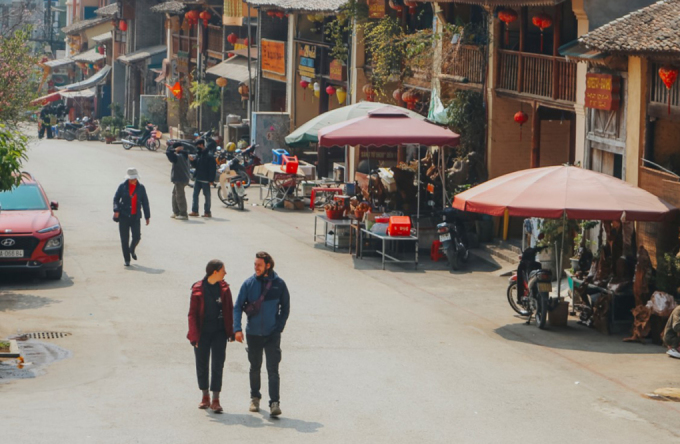
Foreign tourists walking in Dong Van ancient town. Photo: Xuan Phuong
Ha Giang conducted a survey of tourists at the Geopark, the results showed that more than 50% of visitors agreed to pay the entrance fee. As for foreign visitors, the consensus rate was up to more than 90%. The question that most foreign visitors were interested in was what benefits the fee would bring to tourists and the Geopark.
Mr. Don said that if the fee collection is applied, the province will have a budget to pay for resources to serve the conservation, management, operation of heritage sites, environmental protection, reinvestment in infrastructure (public sanitation, parking lots), and at the same time reinvestment for local people.
The representative of the Geopark Management Board added that the fee collection is not only related to the budget story. This is also Ha Giang's way to raise visitors' awareness of heritage values, classify target visitors and help direct visitors, reducing overload. At the three current fee collection points, the water, electricity and waste treatment systems are operating well, in contrast to many other points.
According to the survey, the option chosen by many tourists is to collect fees at heritage sites; entrance gates, allowing access to all heritage sites. The least chosen option is to collect fees through motel and hotel services, with fees calculated per night. Regarding fees, tourists prioritize the lowest fee.
Despite the results, the implementation of toll collection "still needs to be considered". If tolls are collected at each point, the management board of the Geopark is concerned that it will cause inconvenience to visitors when they have to pay separately. Setting up toll booths is also not easy as it is related to road traffic laws. In addition, setting up additional toll booths also wastes human resources, "bloating" the management apparatus.
The Geopark Management Board and many leaders of Ha Giang province are leaning towards the option of charging overnight fees and the owners of the accommodation facilities will be responsible for collecting the fees. This is considered a fair and non-offensive form of fee collection and will bring direct benefits to the people. About 20% of this tourist fee will be sent back to the owners of the accommodation facilities.
During the project development process, Mr. Don noticed that many tourist destinations around the world are also applying this type of fee. According to Euronews, Brussels (Belgium) collects a tourist fee included in the hotel room rate, averaging from 8.2 USD - depending on the hotel class. Austria collects an overnight fee, about 3.02% of the total hotel bill. In Asia, Indonesia applies a tourist tax in Bali alone, about 9.8 USD per foreign visitor.
According to research by the Geopark Management Board, many UNESCO heritage sites around the world are "charging very high fees", such as Bwindi Impenetrable National Park (Uganda) - 700 USD; Komodo National Park (Indonesia) - 252 USD; Serengeti (Tanzania) - 70.8 USD.
In Italy, many cities such as Bologna, Catania, Florence, Genoa also charge tourist fees according to hotel class. In Vietnam, Ha Long Bay is also a typical example of charging fees through day or overnight bay tours, with prices ranging from 250,000 VND to 750,000 VND per person.
Mr. Don said he learned from the Ha Long Bay management board when developing the project for the Geopark. In the beginning, the fee may not be high and there will be losses. However, this is the stage to raise tourists' awareness of the destination: the Geopark is a UNESCO-recognized heritage and visitors need to pay fees to preserve and develop tourism.
"If we collect fees, everything will be invested in more systematically and carefully. Without fees, tourism quality will hardly improve," Mr. Don reiterated.
Tu Nguyen
Source link





![[Photo] Overcoming all difficulties, speeding up construction progress of Hoa Binh Hydropower Plant Expansion Project](https://vstatic.vietnam.vn/vietnam/resource/IMAGE/2025/4/12/bff04b551e98484c84d74c8faa3526e0)

![[Photo] Closing of the 11th Conference of the 13th Central Committee of the Communist Party of Vietnam](https://vstatic.vietnam.vn/vietnam/resource/IMAGE/2025/4/12/114b57fe6e9b4814a5ddfacf6dfe5b7f)


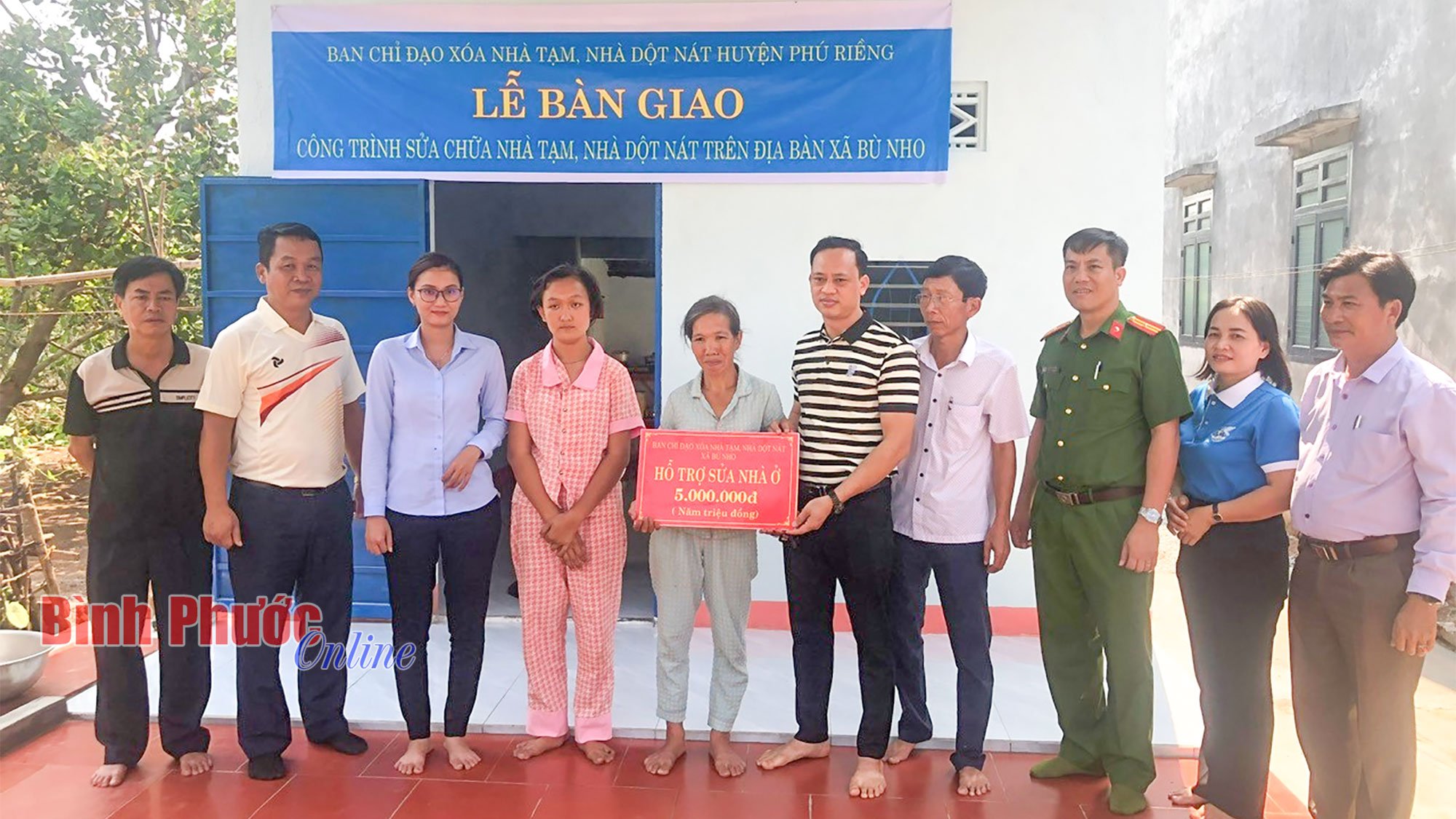

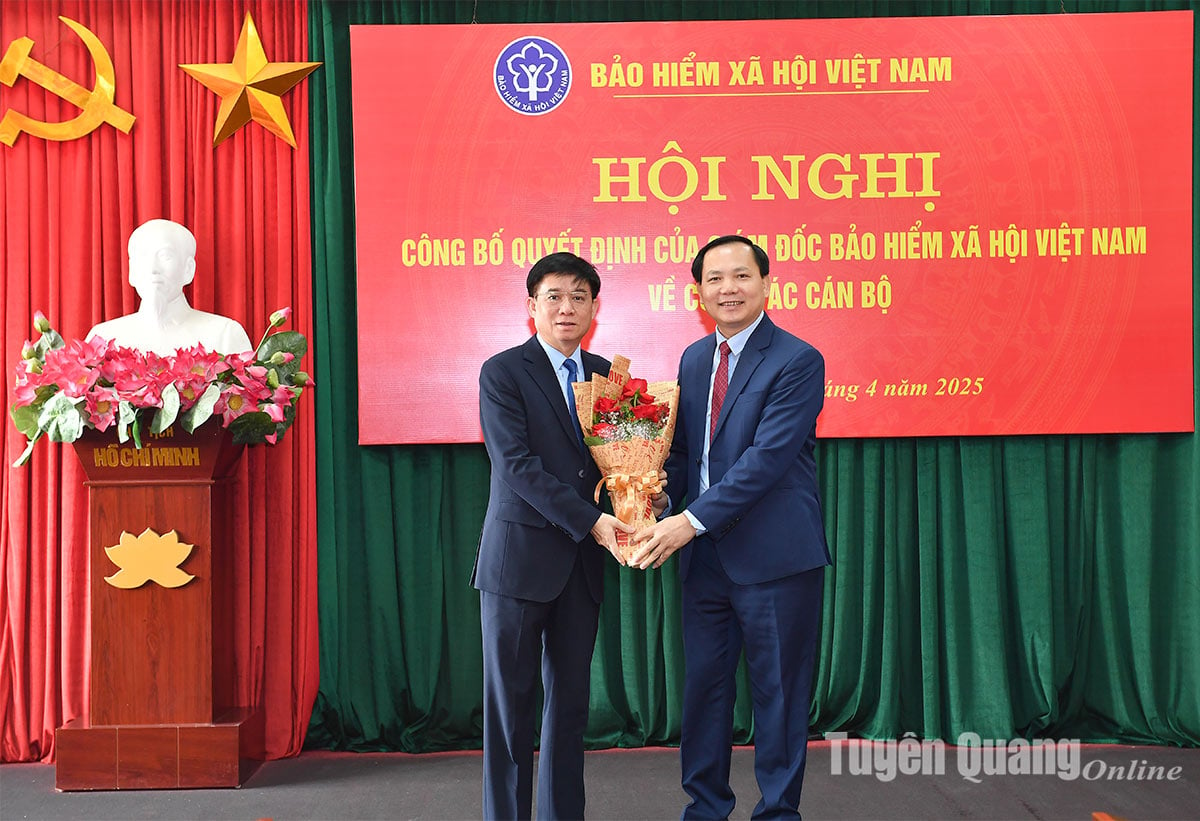

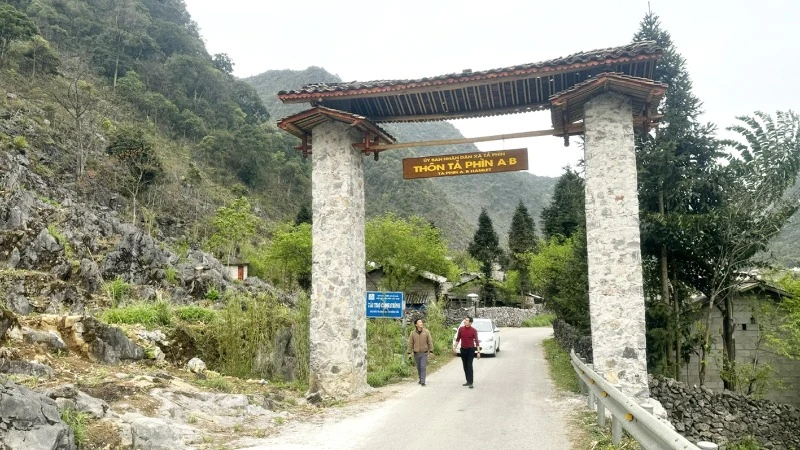

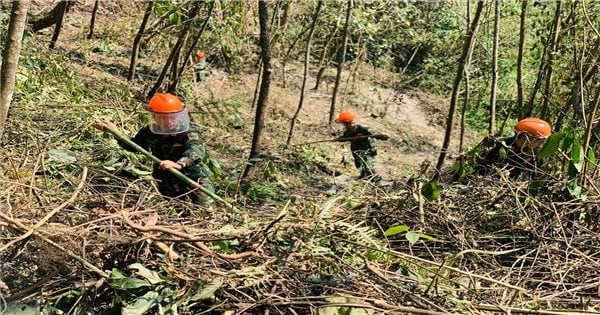

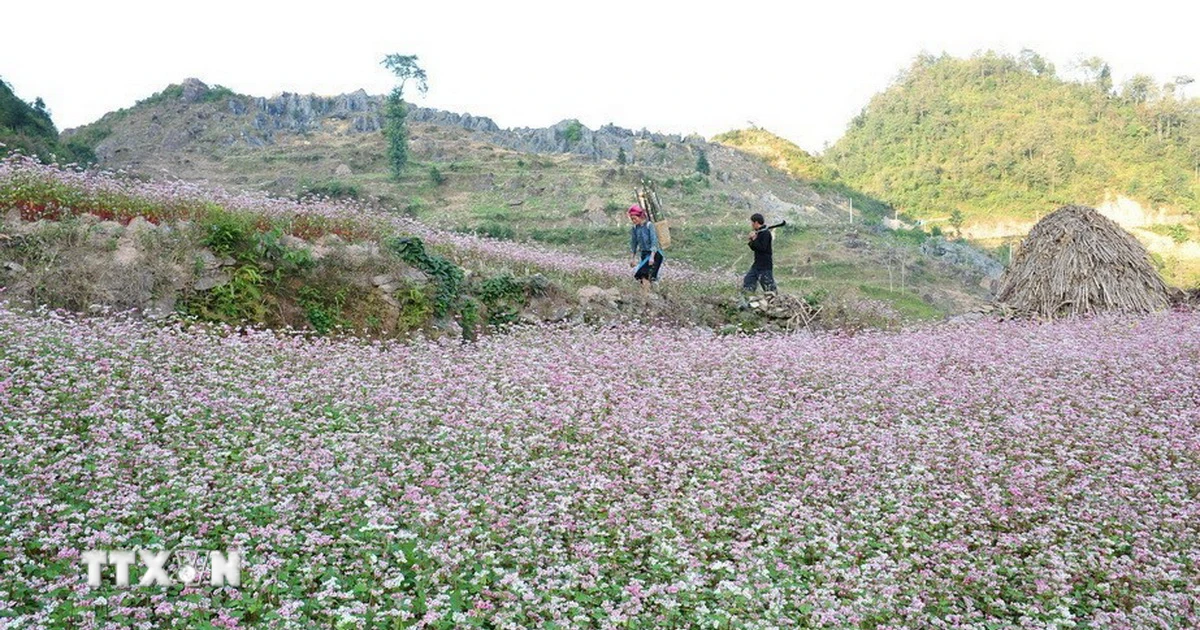


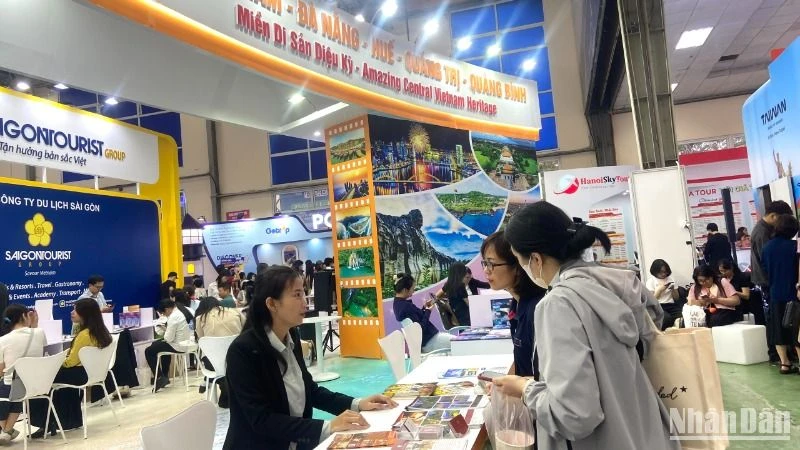
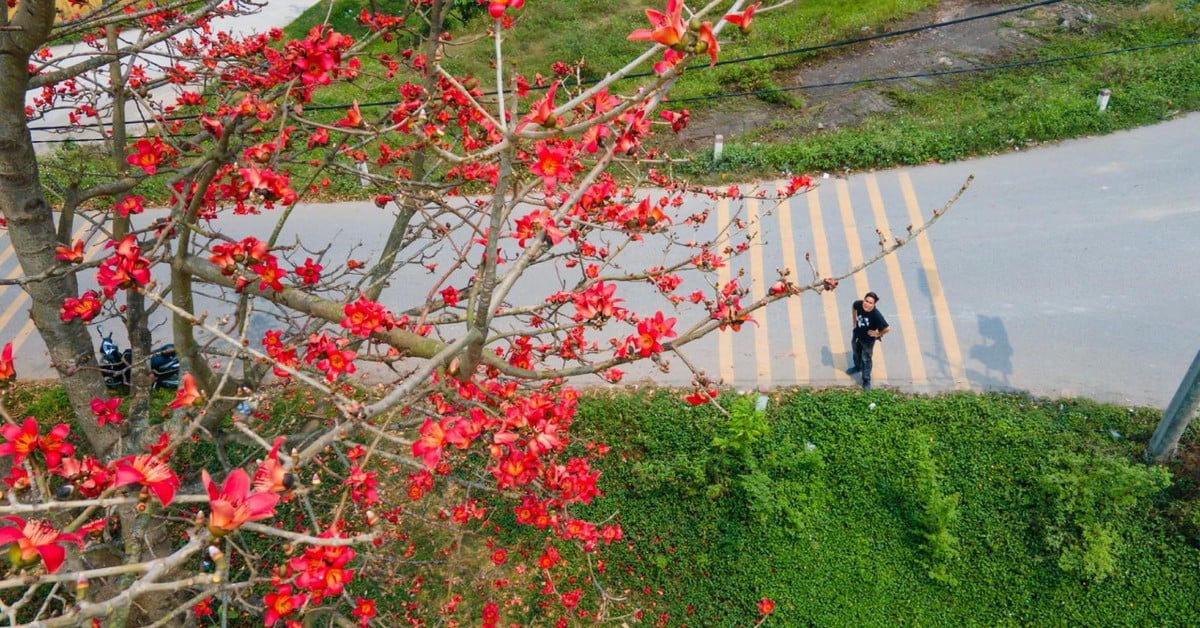
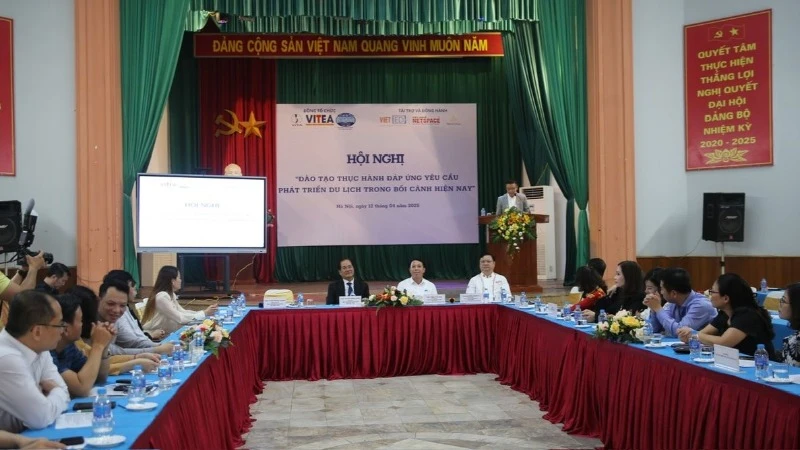
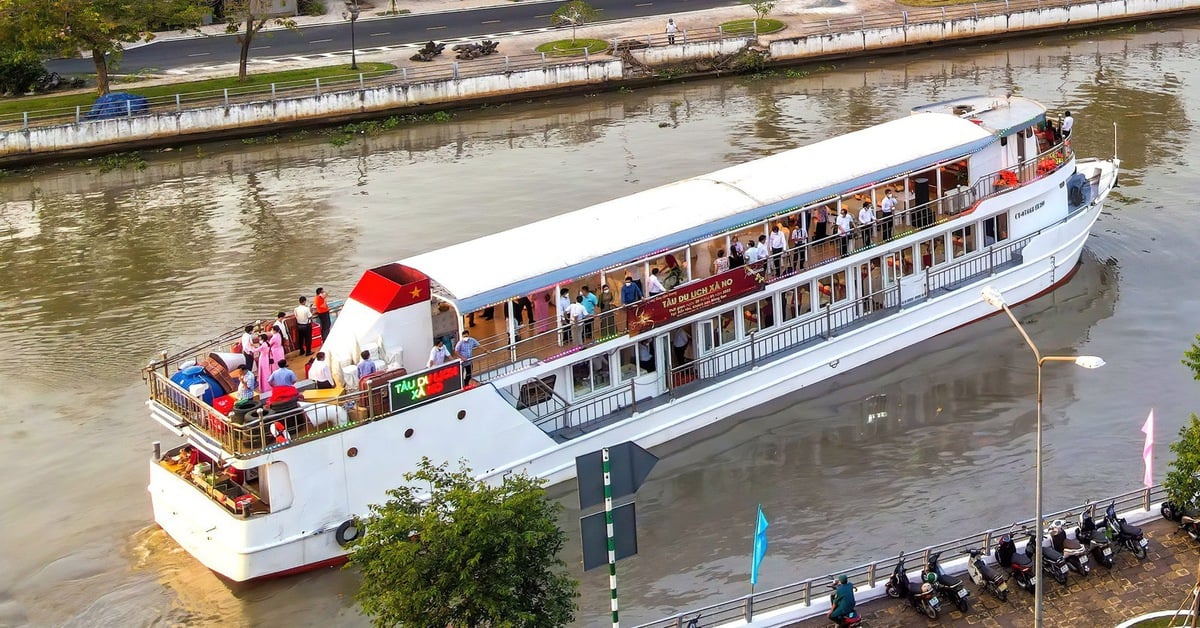




















































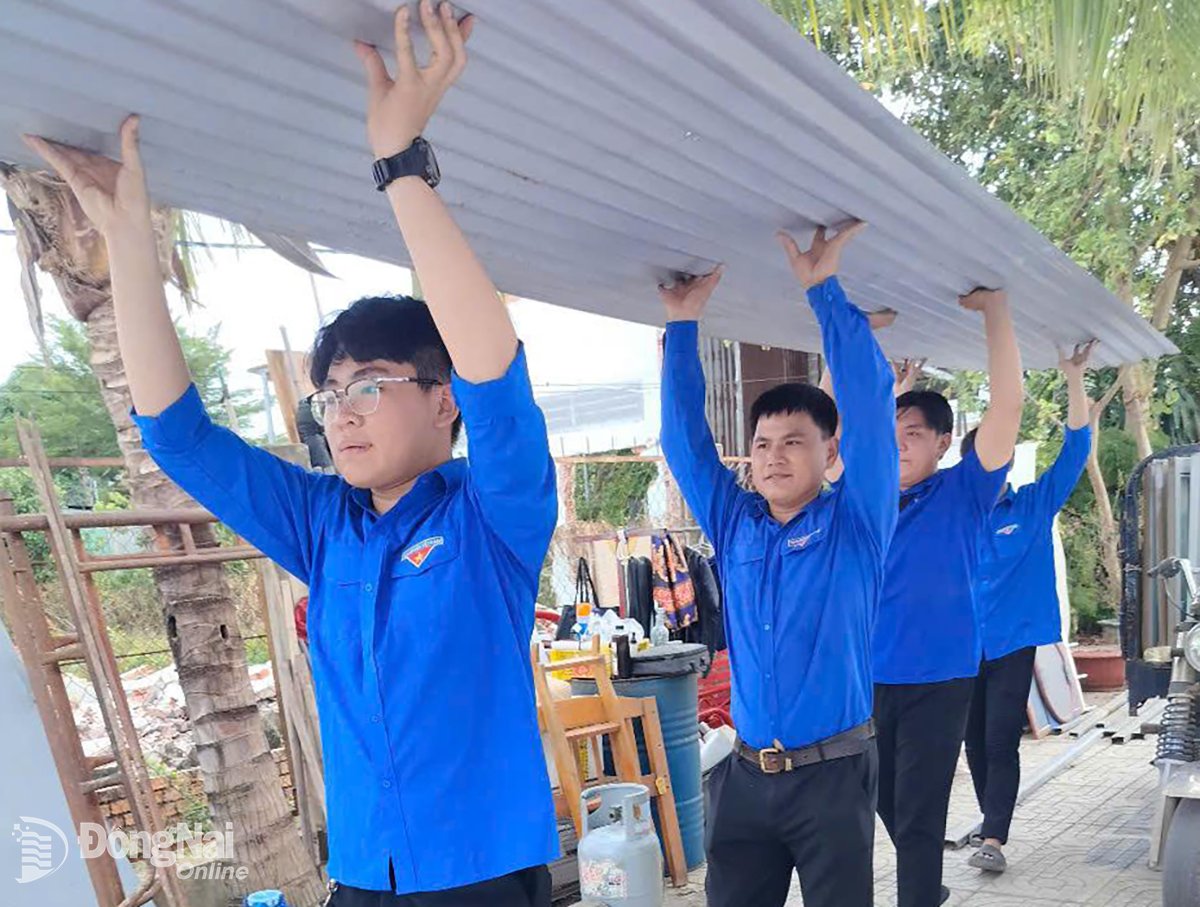

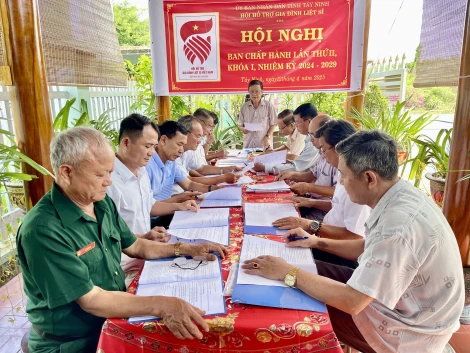



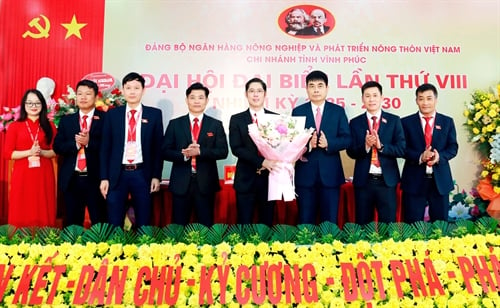











Comment (0)